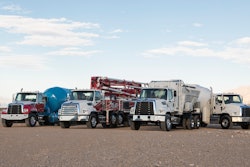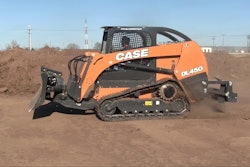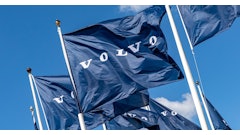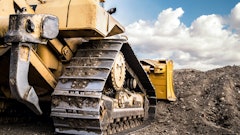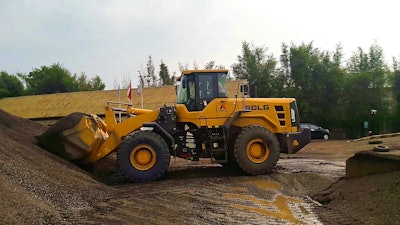
SDLG business manager in Indonesia, Aldrin Johar Nurdin, talks about SDLG wheel loaders’ mix of operational simplicity, cost-effectiveness and fast cycle times that help ensure a consistent supply of building materials for Belt and Road Initiative projects.
Indonesia is the largest economy in Southeast Asia and is a key node in the Belt and Road Initiative (BRI). The country will receive more than $87 billion in infrastructure investment under the BRI, with the Jakarta-Bandung high-speed rail, Manado-Bitung toll road and Sumsel-5 power plant among the most high-profile projects.
With land acquisition troubles causing delays before some projects can begin, there is pressure to ensure that construction proceeds quickly and efficiently once they are underway. The steady and reliable supply of raw building materials, such as aggregates, asphalt and concrete, therefore, plays a vital role.
The production of these building materials as well as their handling and transportation on job sites typically require wheel loaders. SDLG-branded models have been especially popular in recent years because of their simplicity of operations, which suit the high-cycle, low-complexity nature of loading, unloading and shuttling back-and-forth between two (or sometimes more) locations on a job site.
Hot mix asphalt supplier PT Roadmixindo Raya, construction company PT Hutama Karya, and concrete producer PT Varia Usaha Beton are just a few companies that have selected SDLG wheel loaders to aid in the production of raw building materials, such as concrete and asphalt, at plants across Indonesia.
The SDLG wheel loaders working for these customers handle between 500 m3 and 5,000 m3 of material per day. Transporting these amounts of material involves multiple trips, and a fast cycle time is critical to productivity. Keeping cycle time short involves skilled operation of the wheel loader, but a responsive transmission and a powerful engine are also essential.
For example, PT Roadmixindo Raya has praised the performance of the transmission on SDLG’s L958F wheel loader and credited it with reducing cycle times at its Tangerang site. With an eight-speed transmission, the operator can adeptly shift gears to achieve optimal speeds for the 20-250 m distance between the stockpiles of aggregates and the cold feed bins of the asphalt mix plant. For PT Varia Usaha Beton, the power of the L956F engine allows it to overcome the 15 degree slopes on the grounds of its crushing plant in Pasuruan, both quickly and effectively.
Beyond the responsive transmission and powerful engine of these machines, reliability and cost-effectiveness are also important considerations for any project, especially when handling highly-abrasive minerals, aggregates and rocks. A machine’s minimization of onboard electronics — and therefore its simplicity — is a positive quality, as it makes the machine more reliable and less susceptible to breakdowns.
On mega projects like those on BRI, this mix of reliability and cost-effectiveness is appealing as upfront costs can be kept low with bulk orders of machines. On the other hand, the reliability of these machines — coupled with responsive after-sales service support when required — help minimize long-term maintenance costs.





